Australia is a very large country with a very small population, mostly living around the east and southern coastlines, which results in a number of challenges with different communicating systems. Just about everyone has a mobile phone these days but there are large areas of outback Australia where there’s no reliable service. Satellite phones are now more readily available but they are expensive to own and to operate. Which, for those who like to stay in touch on a regular basis, leaves radio communication. That broadly speaking means either the UHF (Ultra High Frequency) “CB radio” network or HF (High Frequency) radio.
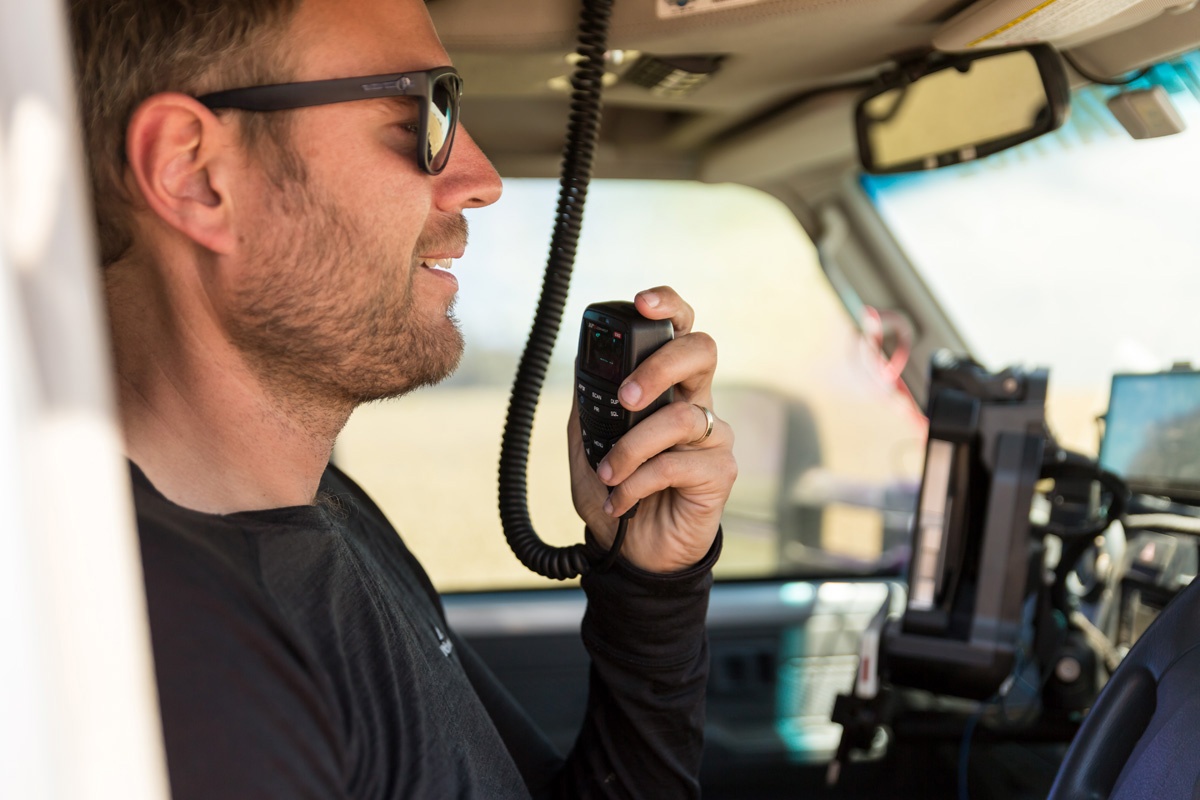
UHF Radio
UHF radio uses the 27MHZ band and is a relatively affordable way to add a form of communication that does not rely on infrastructures like mobile phone towers or satellites. It’s great for contacting other RV’ers, passing trucks and convoy travellers.
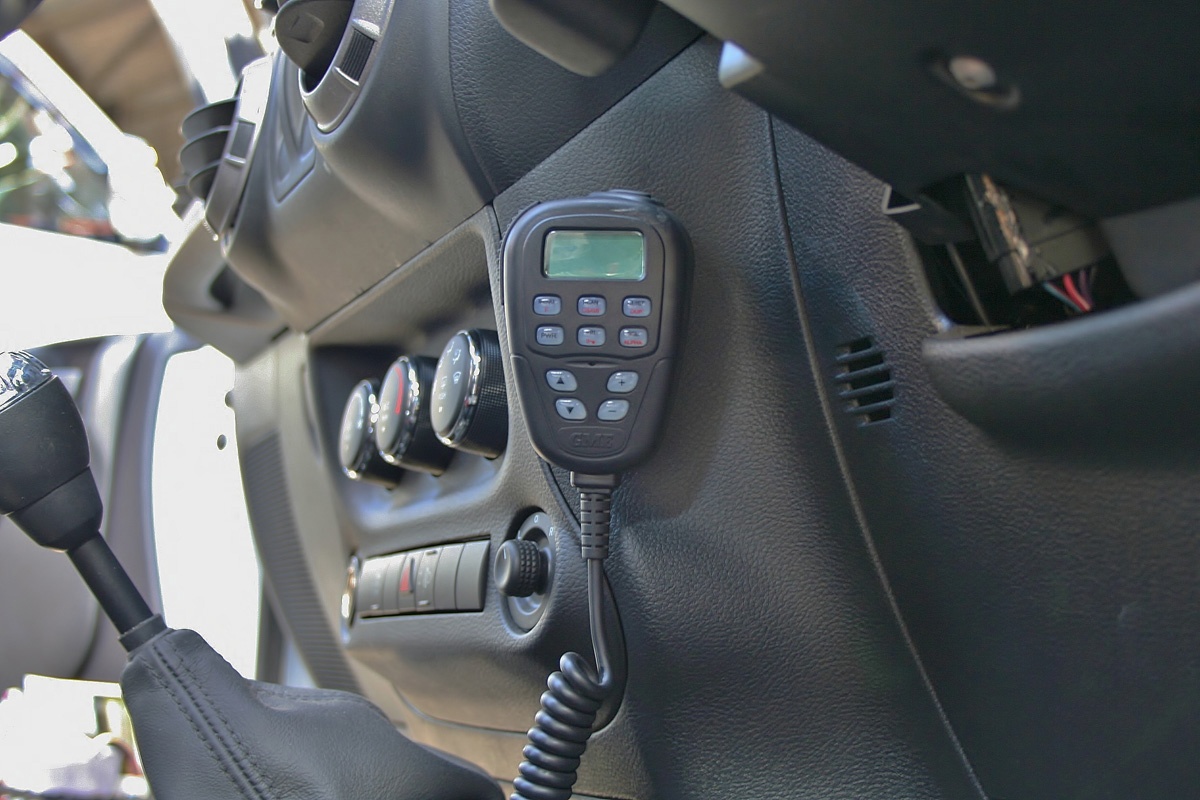
UHF radios are limited by distance, usually, either line of sight or longer if UHF repeaters can be used. Just how far UHF radios can be used depends on the radio unit. In a vehicle, a fixed radio with an external aerial will typically have a much greater range than a handheld unit, as would a 5W hand-held radio when compared to a 2W model. There are quite a few UHF radio manufacturers around like Uniden, GME and Icom with prices starting under $100 for a low-end handheld up to over $600 for a top of the line in-dash unit with a remote antenna.
Some Tech Talk
UHF antenna usually come in three ratings around 9 dBi, 7 dBi and 2 dBi. The rating, dBi, is also often referred to as gain and is the focus of the radiofrequency energy. Think of it as the higher the gain the more focused the frequency energy pattern is broadcast.

But it is not as simple as thinking that higher gain is better as each dBi band has its usefulness due to the way the environment interacts with the broadcast.
A high dBi will travel further but is more impacted by obstacles like hills, buildings and even trees as the more focussed pattern is more easily disturbed. A low gain has a more spread broadcast frequency pattern and is less impacted by obstacles making them more useable in bush, cities and hilly areas.
Choosing The Right Antenna
An aerial with a high gain (circa 9dBi) is generally the best in outback conditions where radios are in a line-of-sight. They will still work in the bush but not as effectively as a low-gain (circa 3 dBi) antenna. The compromise is usually a medium gain (5 – 7 dBi) antenna which is common in most off-the-shelf radio/antenna bundles.
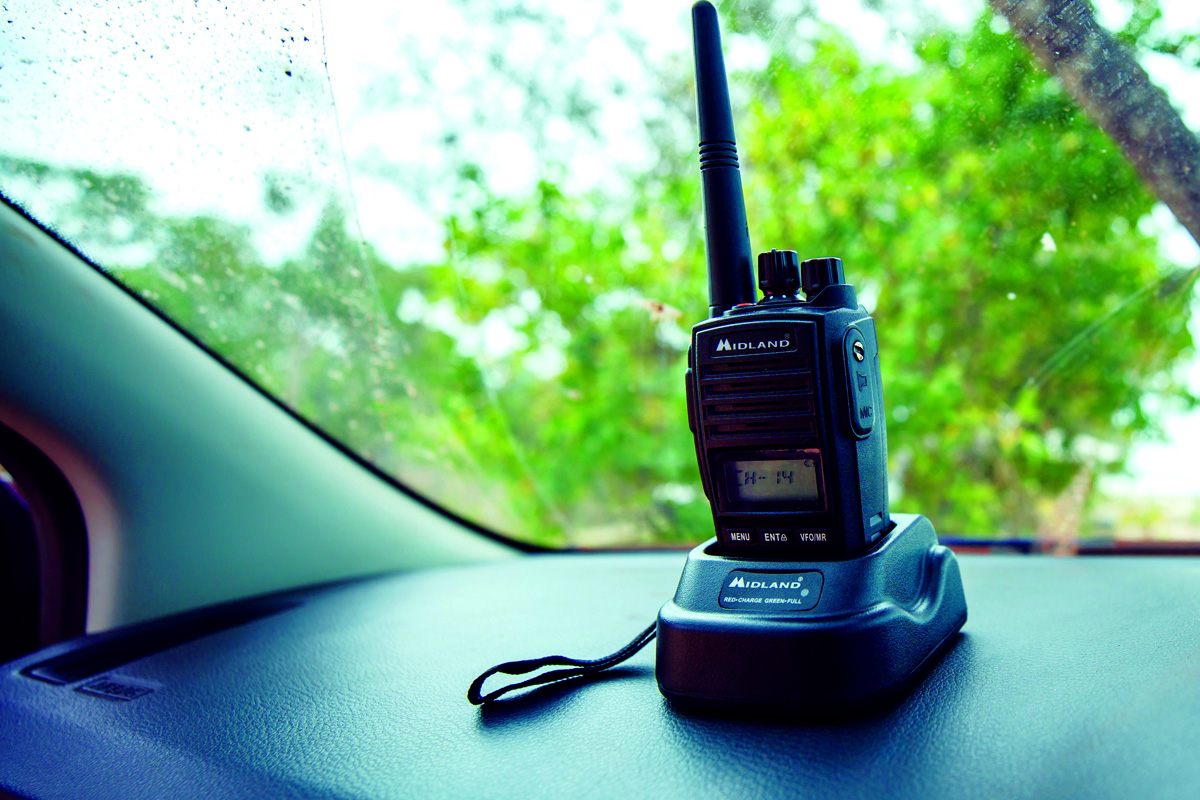
There are a variety of antenna types, all designed to suit the mounting position – vehicle roof, bonnet area, bumper bar or bull bar.
HF Radio
Unlike UHF, HF radio is a much more useful over longer distances (like across the bulk of the country) and can be used to connect into the telephone/mobile network. Also, when needed, the Royal Flying Doctor Service (RFDS) – it’s known as the “Flying Doctor” radio. HF radio is somewhat old technology but to date apart from satellite phones, there’s nothing else that offers an equivalent communication medium in Australia.
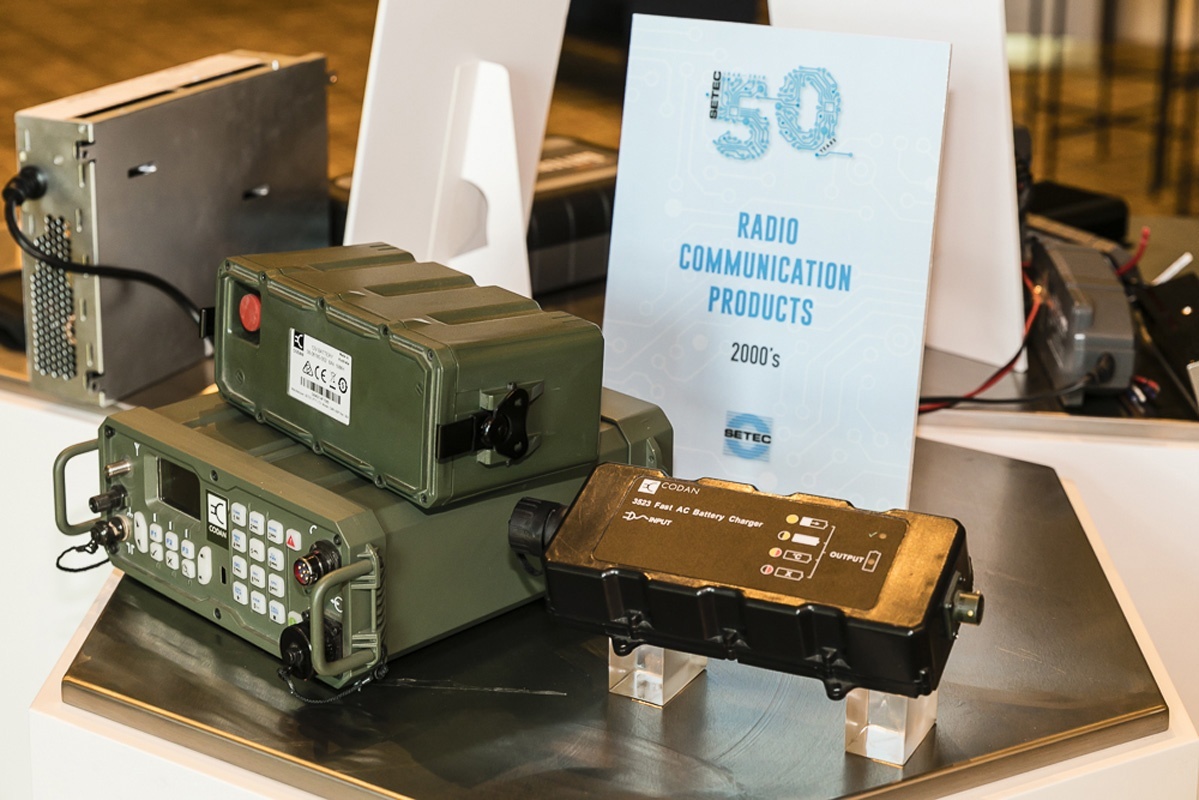
Using an HF radio is not as simple as a UHF radio and a licence is required to operate one. It is not a difficult license to acquire, however. Clubs like VKS-737 or the Australian HF touring club are a good place to start learning more.
HF radio sets can be quite expensive to buy, need to be a fixed installation (not hand-held) and are not quite as intuitive to use as a UHF radio. For instance when calling a base station, the correct frequency for the time of day and the distance must be selected.
HF Antenna & Mounting
There are two types of antenna to fit to a tow vehicle – an Autotune (aka automatic tuning) and or a Multitap. The automatic tuning is the easiest to operate and does what it says, automatically tunes itself to suit the frequency selected on the radio. They do have moving parts which require servicing and are considerably more expensive than the alternative, a multitap antenna. These require a manual selection on the desired frequency by plugging a wire into different locations on the antenna. It does limit the frequencies available on the radio and those must suit the licenced frequencies.
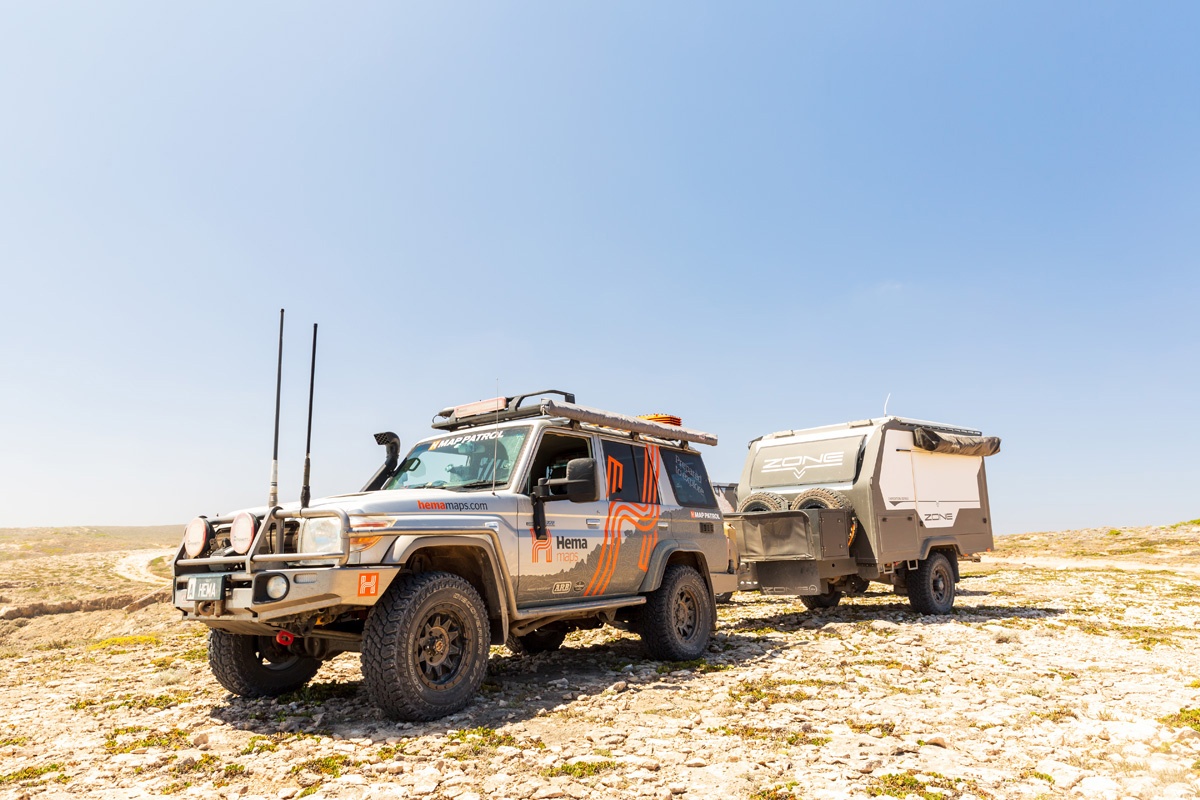
HF antennas are quite chunky items which make mounting positions a bit tricky. The vehicle bull bar is the obvious place but that might restrict driver visibility and attract the attention of the road authorities. It’s not always easy and a special bracket might be needed but the rear of a tow vehicle could be a better choice.
MEET THE AUTHOR
Malcolm Street
Malcolm Street began caravanning in the early 1970s, first in a Viscount and later in a York, the former towed by a Holden Kingswood. Malcolm has RV’d extensively across Australia, New Zealand and Britain. He became an RV journalist in 1999. Each year, he reviews around 40 caravans and motorhomes in Oz and NZ. Yes, he’s a well-travelled bloke with no shortage of campfire opinions about how a given caravan could be better put together.





